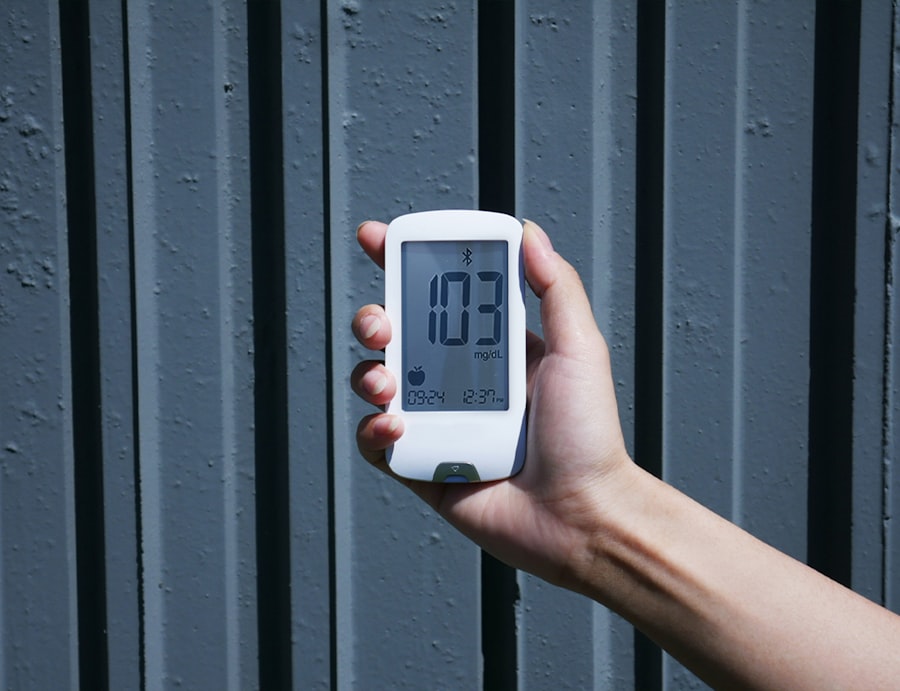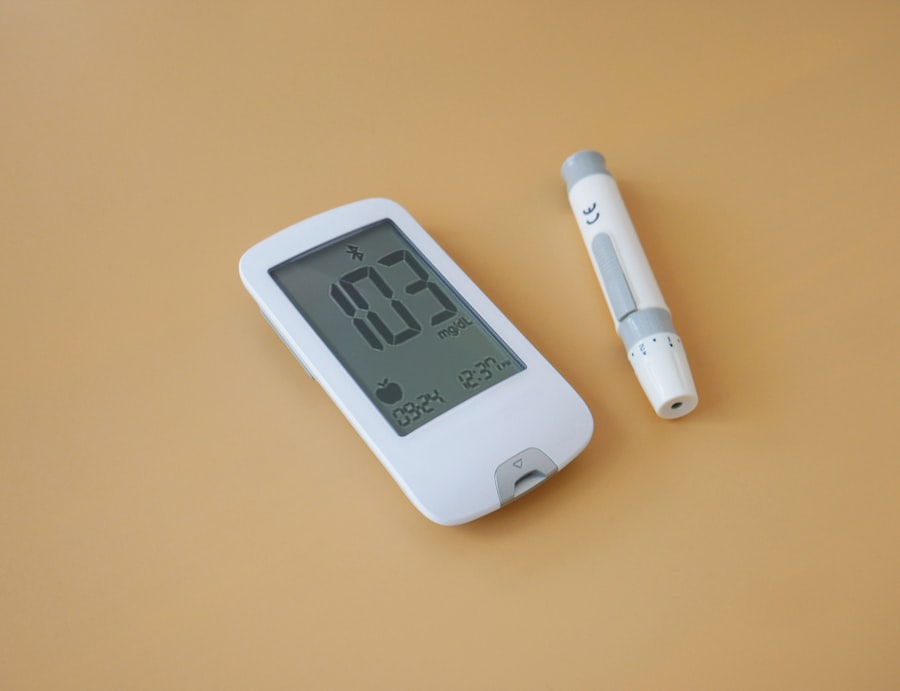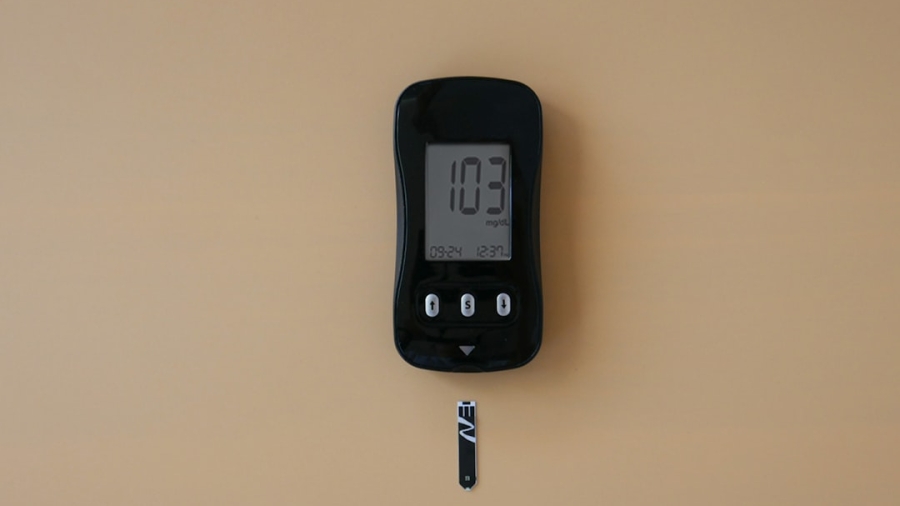The advent of wearable technology has revolutionized the landscape of healthcare, particularly in the management of chronic conditions such as diabetes. These devices, which can be worn on the body, provide real-time data and insights that empower individuals to take control of their health. For people living with diabetes, the integration of wearable devices into their daily routines offers a new level of convenience and precision in monitoring their condition.
The ability to track various health metrics seamlessly allows for more informed decision-making and proactive management of diabetes. Wearable devices encompass a wide range of technologies, including smartwatches, fitness trackers, and specialized medical devices designed specifically for diabetes management. These tools not only facilitate the monitoring of blood glucose levels but also track physical activity, manage medication schedules, and provide insights into overall health trends.
As diabetes continues to be a global health challenge, the role of wearable devices becomes increasingly significant, offering innovative solutions that enhance the quality of life for those affected by this condition.
Key Takeaways
- Wearable devices offer a convenient and efficient way to manage diabetes by providing real-time data and insights.
- Monitoring blood glucose levels with wearable devices allows for continuous tracking and immediate intervention when necessary.
- Tracking physical activity and exercise with wearable devices helps individuals with diabetes to maintain an active and healthy lifestyle.
- Managing medication and insulin dosage with wearable devices enables personalized and precise treatment plans.
- Utilizing continuous glucose monitoring (CGM) systems provides valuable information for better diabetes management and control.
Monitoring Blood Glucose Levels with Wearable Devices
One of the most critical aspects of diabetes management is the regular monitoring of blood glucose levels. Traditional methods often involve finger-pricking and the use of glucometers, which can be cumbersome and painful. Wearable devices have transformed this process by introducing non-invasive methods for continuous glucose monitoring (CGM).
These devices utilize advanced sensors that can be placed on the skin to measure glucose levels in interstitial fluid, providing real-time data without the need for frequent finger sticks. For instance, devices like the Freestyle Libre and Dexcom G6 have gained popularity for their ability to provide continuous glucose readings throughout the day. Users can simply scan the sensor with a smartphone or dedicated reader to access their glucose levels, trends, and patterns.
This continuous data stream allows individuals to identify how their blood sugar responds to various factors such as food intake, physical activity, and stress. Moreover, many CGM systems come equipped with alerts that notify users when their glucose levels are too high or too low, enabling timely interventions that can prevent serious complications.
Tracking Physical Activity and Exercise with Wearable Devices

Physical activity plays a crucial role in managing diabetes, as regular exercise can help regulate blood sugar levels and improve overall health. Wearable devices designed for fitness tracking offer a comprehensive solution for individuals looking to monitor their activity levels. These devices often include features such as step counting, heart rate monitoring, and calorie tracking, providing users with valuable insights into their physical activity patterns.
For example, smartwatches like the Apple Watch and Fitbit not only track steps but also offer guided workouts and reminders to stay active throughout the day. By integrating exercise data with glucose monitoring, users can better understand how different types of physical activity impact their blood sugar levels. This holistic approach enables individuals to tailor their exercise routines to optimize their diabetes management.
Additionally, many wearable devices allow users to set goals and track progress over time, fostering a sense of accountability and motivation.
Managing Medication and Insulin Dosage with Wearable Devices
Adherence to medication regimens is vital for effective diabetes management, yet many individuals struggle with maintaining consistent schedules. Wearable devices can play a pivotal role in medication management by providing reminders and tracking dosages. Some advanced devices even integrate with insulin delivery systems, allowing for automated insulin dosing based on real-time glucose readings.
For instance, smart insulin pens equipped with Bluetooth technology can record doses and send data to a companion app on a smartphone. This feature not only helps users keep track of their insulin administration but also provides healthcare providers with valuable data during consultations. Furthermore, some wearable devices are designed to alert users when it’s time to take their medication or when they have missed a dose, significantly improving adherence rates.
Utilizing Continuous Glucose Monitoring (CGM) Systems
Continuous Glucose Monitoring (CGM) systems represent a significant advancement in diabetes care, offering unparalleled insights into glucose fluctuations throughout the day. Unlike traditional methods that provide sporadic readings, CGMs deliver continuous data that can reveal patterns and trends over time. This information is invaluable for individuals who need to make quick decisions regarding food intake, exercise, or insulin administration.
The technology behind CGMs involves small sensors that are inserted under the skin, typically on the abdomen or arm. These sensors measure glucose levels every few minutes and transmit the data to a smartphone or dedicated receiver. Users can visualize their glucose trends on graphs and receive alerts for high or low readings.
This real-time feedback allows for immediate adjustments in lifestyle or treatment plans, ultimately leading to better glycemic control. Moreover, CGMs have been shown to reduce the risk of hypoglycemia and improve overall quality of life for individuals with diabetes.
Improving Diabetes Management and Lifestyle with Wearable Devices

The integration of wearable devices into daily life has the potential to significantly enhance diabetes management and overall lifestyle quality. By providing real-time data on various health metrics, these devices empower users to make informed decisions about their diet, exercise, and medication adherence. The ability to track multiple aspects of health in one place fosters a more comprehensive approach to diabetes care.
For example, many wearable devices come equipped with mobile applications that allow users to log food intake alongside their glucose readings. This feature enables individuals to identify which foods may cause spikes in blood sugar levels and adjust their diets accordingly. Additionally, social features within these apps can connect users with support communities, fostering a sense of belonging and shared experience among those managing similar challenges.
This social aspect can be particularly beneficial in maintaining motivation and accountability in lifestyle changes.
The Role of Wearable Devices in Preventing Diabetes Complications
Diabetes is associated with numerous complications that can significantly impact an individual’s quality of life. These complications include cardiovascular disease, neuropathy, retinopathy, and kidney damage. Wearable devices play a crucial role in preventing these complications by facilitating proactive management of blood glucose levels and overall health metrics.
By providing continuous monitoring and real-time feedback, these devices enable users to take timely actions that can mitigate risks. For instance, early detection of abnormal glucose patterns through CGM systems can prompt users to adjust their diet or medication before more serious issues arise. Additionally, some wearable devices monitor other vital signs such as heart rate variability and blood pressure, which are important indicators of cardiovascular health.
By integrating this data into a comprehensive health management plan, individuals can work closely with healthcare providers to address potential complications before they escalate.
Future Developments and Innovations in Wearable Devices for Diabetes Management
The future of wearable devices for diabetes management is poised for exciting developments as technology continues to advance at a rapid pace. Innovations such as artificial intelligence (AI) and machine learning are being integrated into wearable technology to enhance predictive analytics capabilities. These advancements could lead to more personalized diabetes management strategies tailored to individual needs based on historical data patterns.
Moreover, research is underway to develop even more sophisticated sensors that could provide additional health metrics beyond glucose levels. For example, future wearables may incorporate features that monitor hydration levels or stress indicators, offering a more holistic view of an individual’s health status. As these technologies evolve, they hold the promise of not only improving diabetes management but also enhancing overall well-being for individuals living with this chronic condition.
In conclusion, wearable devices are transforming diabetes management by providing innovative solutions that empower individuals to take control of their health. From continuous glucose monitoring to tracking physical activity and managing medication dosages, these technologies offer unprecedented insights into daily health metrics. As advancements continue in this field, the potential for improved outcomes and enhanced quality of life for those living with diabetes is immense.
If you’re interested in the intersection of technology and health, particularly for managing conditions like diabetes, you might also find value in exploring the best gadgets that can enhance your productivity and health monitoring. For instance, choosing the right laptop can significantly impact how effectively you manage health data and stay informed about your condition. I recommend reading about the best laptops for various needs, which could be crucial for anyone relying on technology for health management. Check out this related article on finding the perfect laptop for your needs: The Best Laptop for Copywriters: Finding Your Perfect Writing Companion.
FAQs
What are wearable devices for people with diabetes?
Wearable devices for people with diabetes are small electronic devices that can be worn on the body to monitor and manage blood sugar levels, track physical activity, and provide real-time feedback and alerts.
How do wearable devices help people with diabetes?
Wearable devices help people with diabetes by providing continuous monitoring of blood sugar levels, which can help them make informed decisions about their diet, exercise, and medication. They also track physical activity and provide reminders for medication and insulin injections.
What are the benefits of using wearable devices for people with diabetes?
The benefits of using wearable devices for people with diabetes include better management of blood sugar levels, improved adherence to medication and treatment plans, increased awareness of physical activity levels, and the ability to detect and prevent potential health complications.
Are wearable devices for people with diabetes accurate?
Many wearable devices for people with diabetes have been clinically validated and are considered to be accurate in monitoring blood sugar levels and physical activity. However, it is important for users to follow the manufacturer’s instructions and consult with healthcare professionals for proper usage and interpretation of the data.
Can wearable devices for people with diabetes be used by anyone?
Wearable devices for people with diabetes are designed for individuals who have been diagnosed with diabetes and need to monitor their blood sugar levels and manage their condition. These devices are not intended for use by individuals without diabetes.

